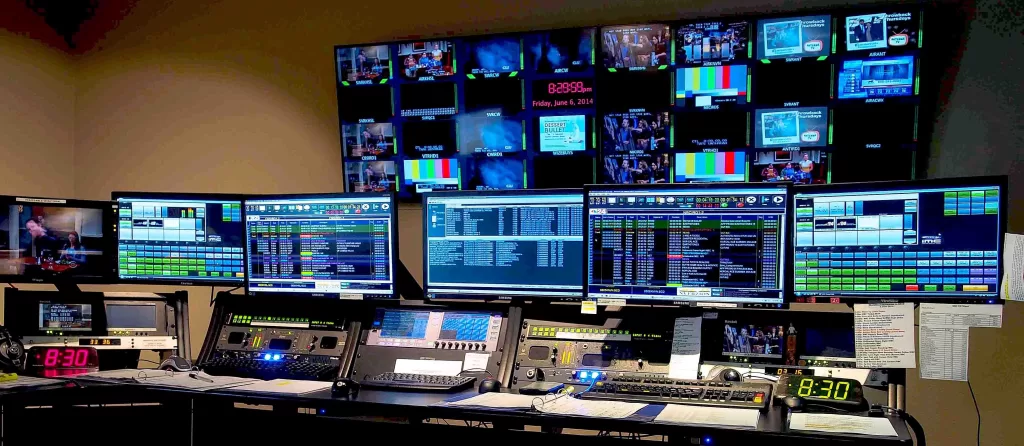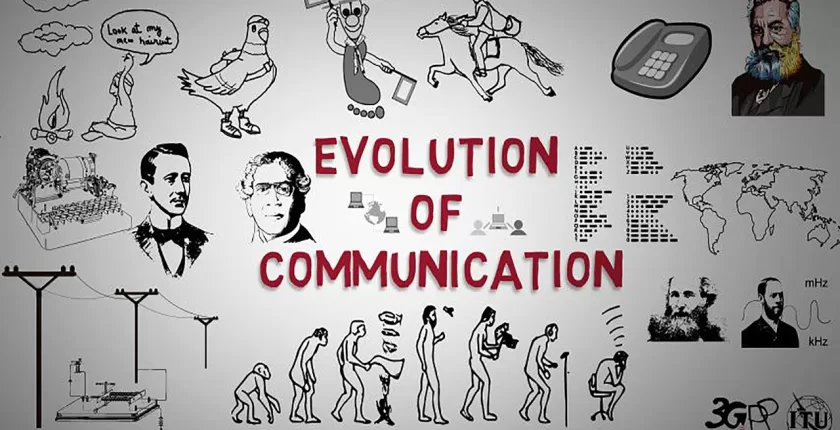Exploring the Evolution of Social Media: The Ancient Roots of Social Interaction
Introduction:
Long before the digital age, humans engaged in various forms of social interaction, laying the groundwork for modern social media. In this exploration, we’ll delve into the Ancient Roots of Social Interaction, examining its origins, historical evolution, and profound societal impacts
1. Ancient Social Interaction: From Cave Paintings to Town Squares
In prehistoric times, humans communicated through cave paintings and symbols. Over time, they evolved to gather in public spaces like town squares for social exchange. Additionally, these communal gatherings served as platforms for sharing news, stories, and ideas. Furthermore, such gatherings fostered a sense of community and belonging among individuals.
2. The Birth of Written Communication: Scrolls, Books, and Letters
The development of writing systems by ancient civilizations revolutionized communication. Writing allowed for the recording of information, message transmission, and preservation of cultural heritage. Moreover, it facilitated the exchange of knowledge between distant civilizations, fostering intellectual and cultural development. Additionally, written communication served as a means of documenting historical events and societal achievements.
3. Printing Press and the Rise of Mass Communication
Johannes Gutenberg’s printing press invention transformed communication globally. Mass production of books, newspapers, and pamphlets democratized access to information, fueling significant historical movements. Furthermore, it accelerated the spread of ideas and knowledge, contributing to the Renaissance and the Enlightenment. Additionally, the printing press played a pivotal role in challenging established power structures and advocating for social change.
4. Telecommunication and Broadcasting

Advancements in telecommunication technologies enabled real-time communication, shaping public discourse and cultural norms through broadcasting. Moreover, these innovations facilitated global connectivity, allowing people to exchange information and ideas across vast distances. Additionally, telecommunication technologies revolutionized the way wars were fought, with instantaneous communication enabling strategic coordination and decision-making.
5. Emergence of Digital Social Networks
The internet’s advent in the late 20th century led to the emergence of digital social networks. Platforms like Six Degrees, Friendster, and MySpace pioneered online social networking, revolutionizing how people connect and share content. Additionally, these platforms facilitated the formation of virtual communities and the sharing of diverse perspectives. Furthermore, digital social networks played a crucial role in shaping modern-day activism and social movements.
6. Impact on Society: Connectivity, Communication, and Culture
Social media’s evolution profoundly influenced society, facilitating greater connectivity and democratizing content creation. However, it also raised concerns such as privacy issues, misinformation, and cyberbullying. Despite these challenges, social media platforms have become integral parts of modern life, shaping public discourse and cultural norms. Furthermore, social media has empowered marginalized communities and amplified diverse voices, leading to greater social inclusion and awareness.
7. Challenges and Controversies
Despite its benefits, social media brought about challenges like privacy concerns and misinformation. Addressing these issues is crucial for ensuring a responsible and inclusive digital future. Additionally, fostering digital literacy and promoting ethical use of social media are essential steps in mitigating these challenges. Furthermore, collaborative efforts between policymakers, technology companies, and civil society are necessary to develop solutions that protect users’ rights and promote online safety.
Conclusion:
From cave paintings to modern social media platforms, the ancient roots of social interaction have shaped history and human communication. Reflecting on its origins, evolution, and impact is essential for navigating the complexities of digital media responsibly. Moreover, understanding the historical context of social interaction allows us to appreciate the significance of contemporary social media platforms and their role in shaping the future of communication.

